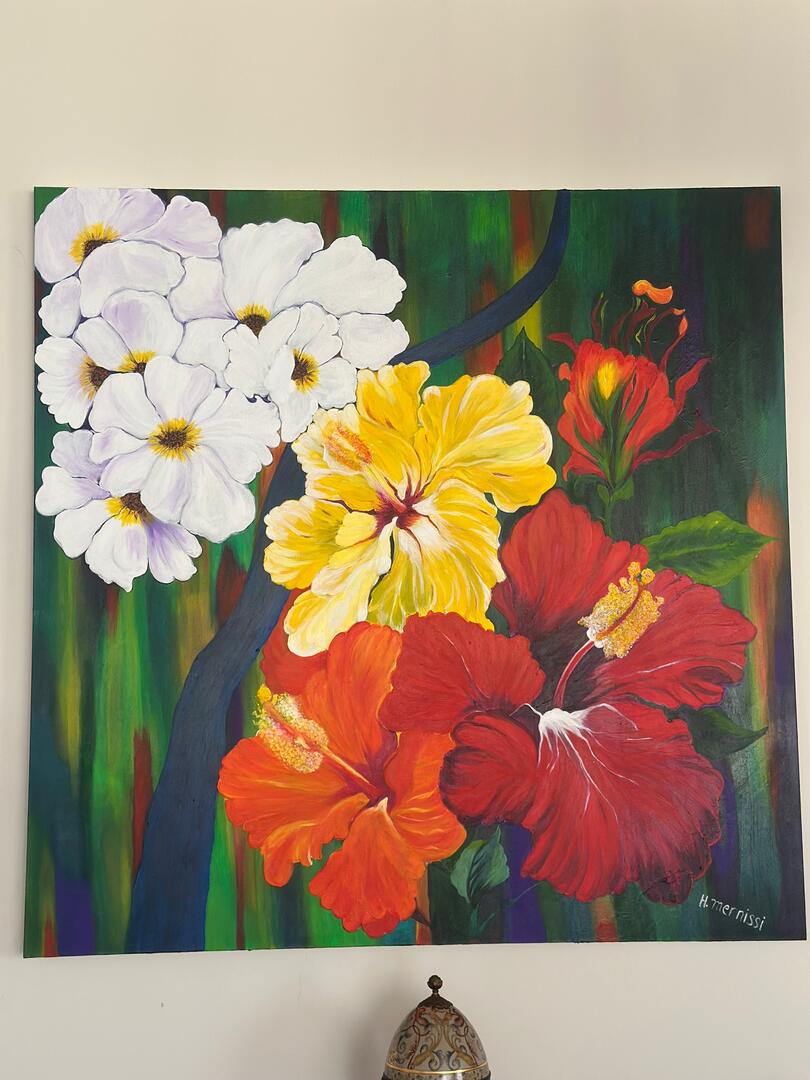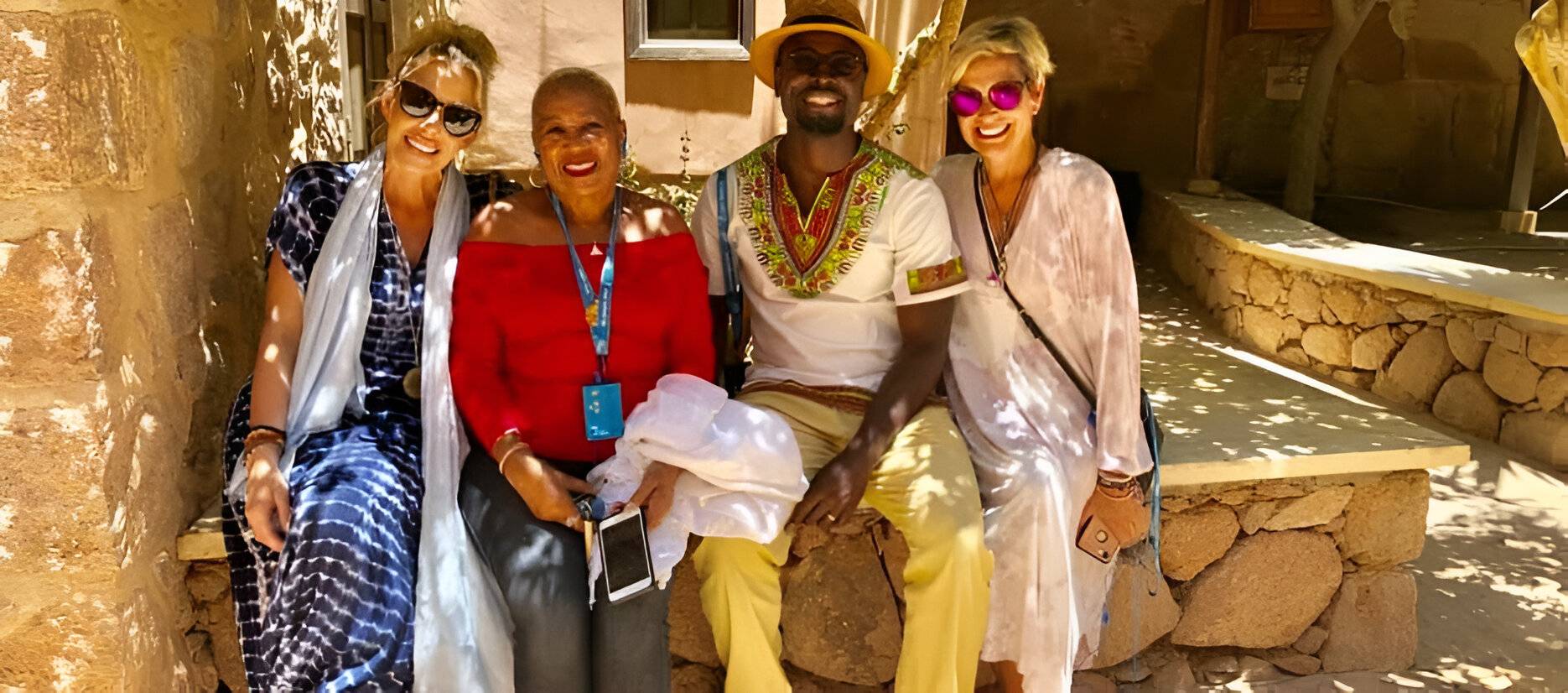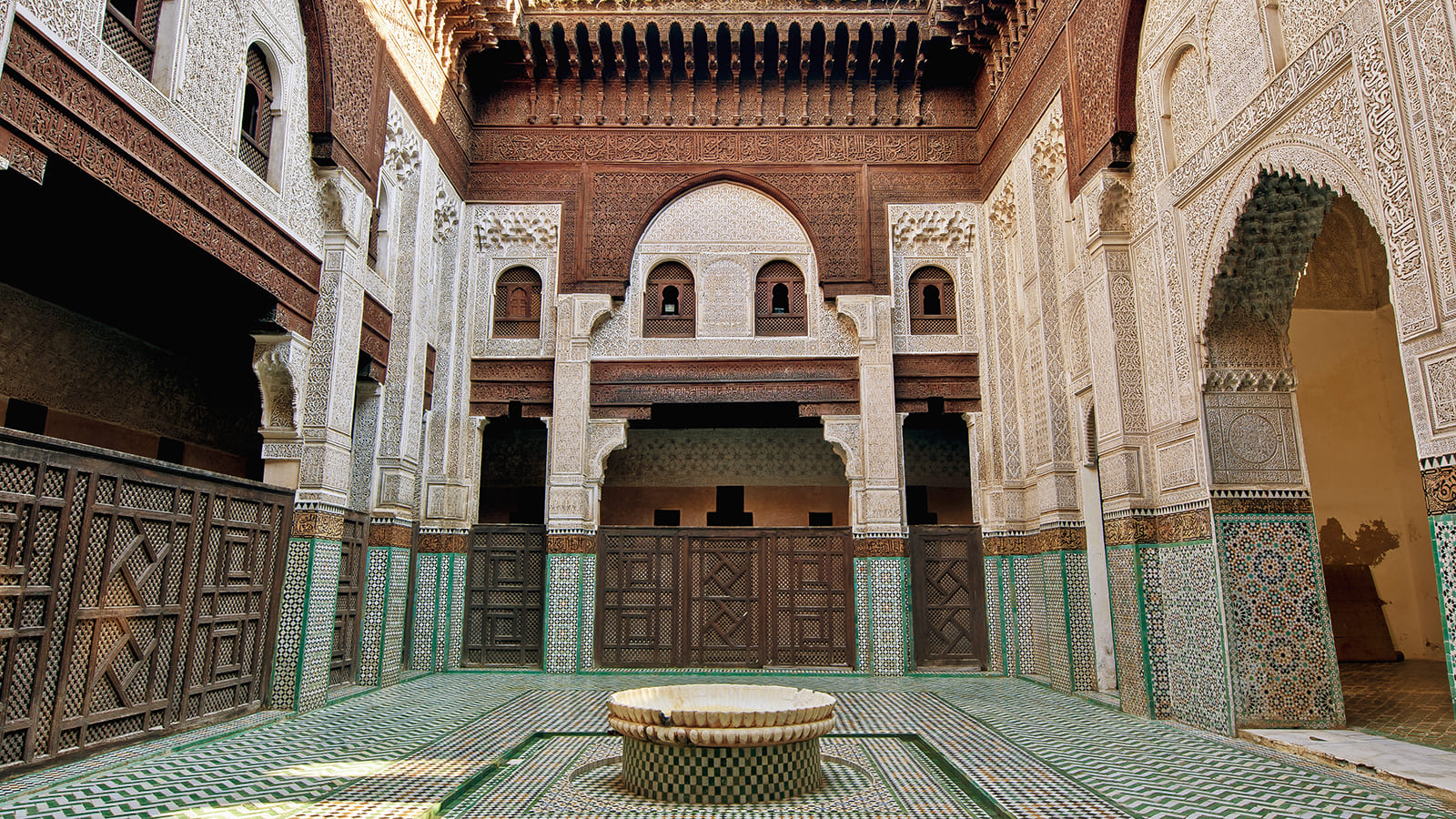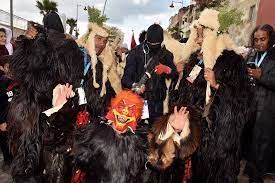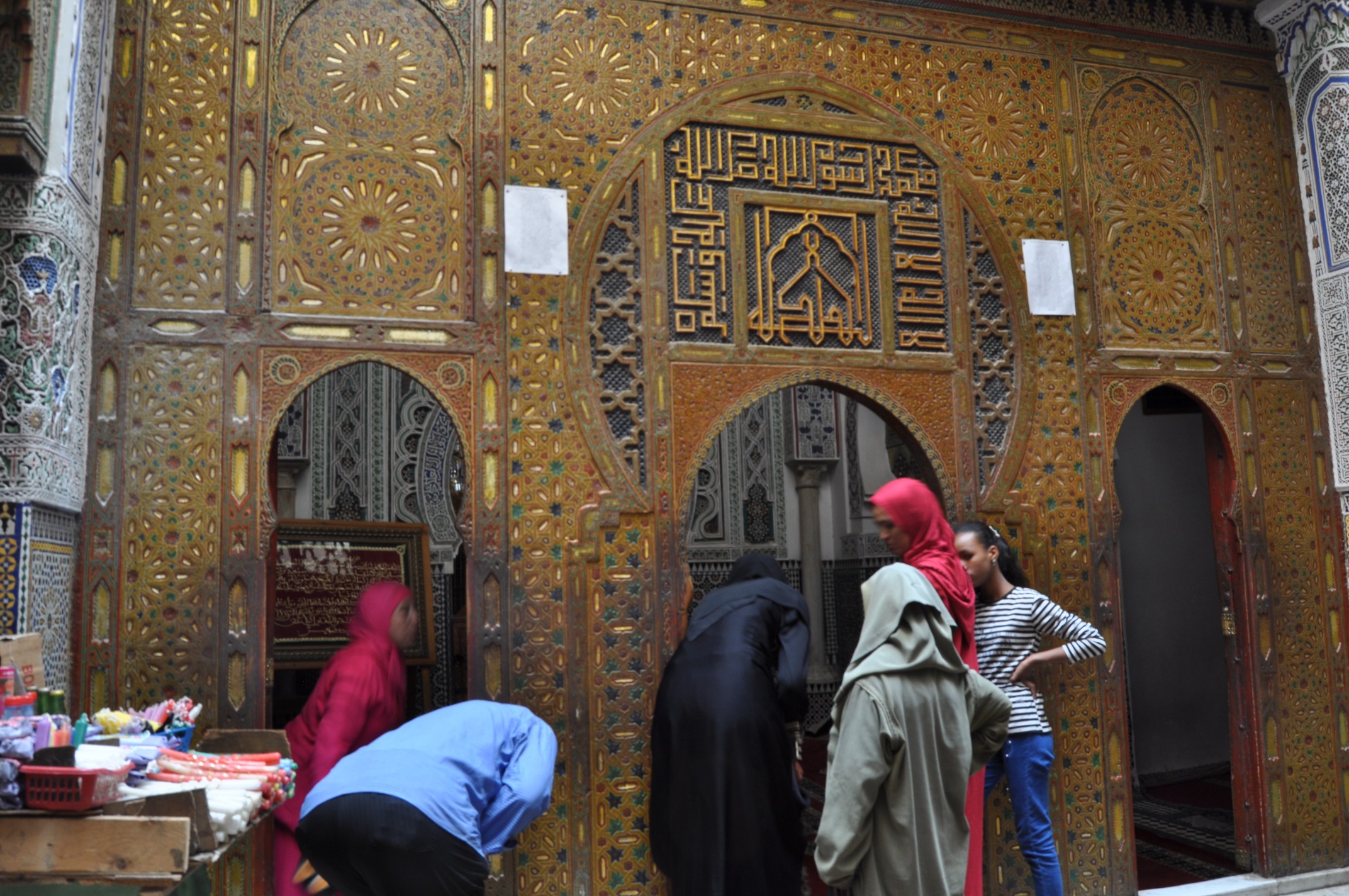Where Memory and Art Intertwine:
In this thought-provoking reflection, explore how Morocco’s vibrant cultural traditions—from the murals of Asilah to the medina artisans of Fez—intersect with today’s virtual art world. In this essay, we weave together insights from cultural anthropology, tourism, and digital creativity, offering a fresh perspective on how memory, place, and art evolve in a connected age.
The phenomenon of the virtual world is no longer just a trend; it has become a lived and natural reality, whether we like it or not. For today’s emerging artists—regardless of their diverse levels of experience—this digital landscape is their birthplace. It is within this world that buried talents have found space to emerge, grow, and speak. These artists have every right to defend and present their creative voices.
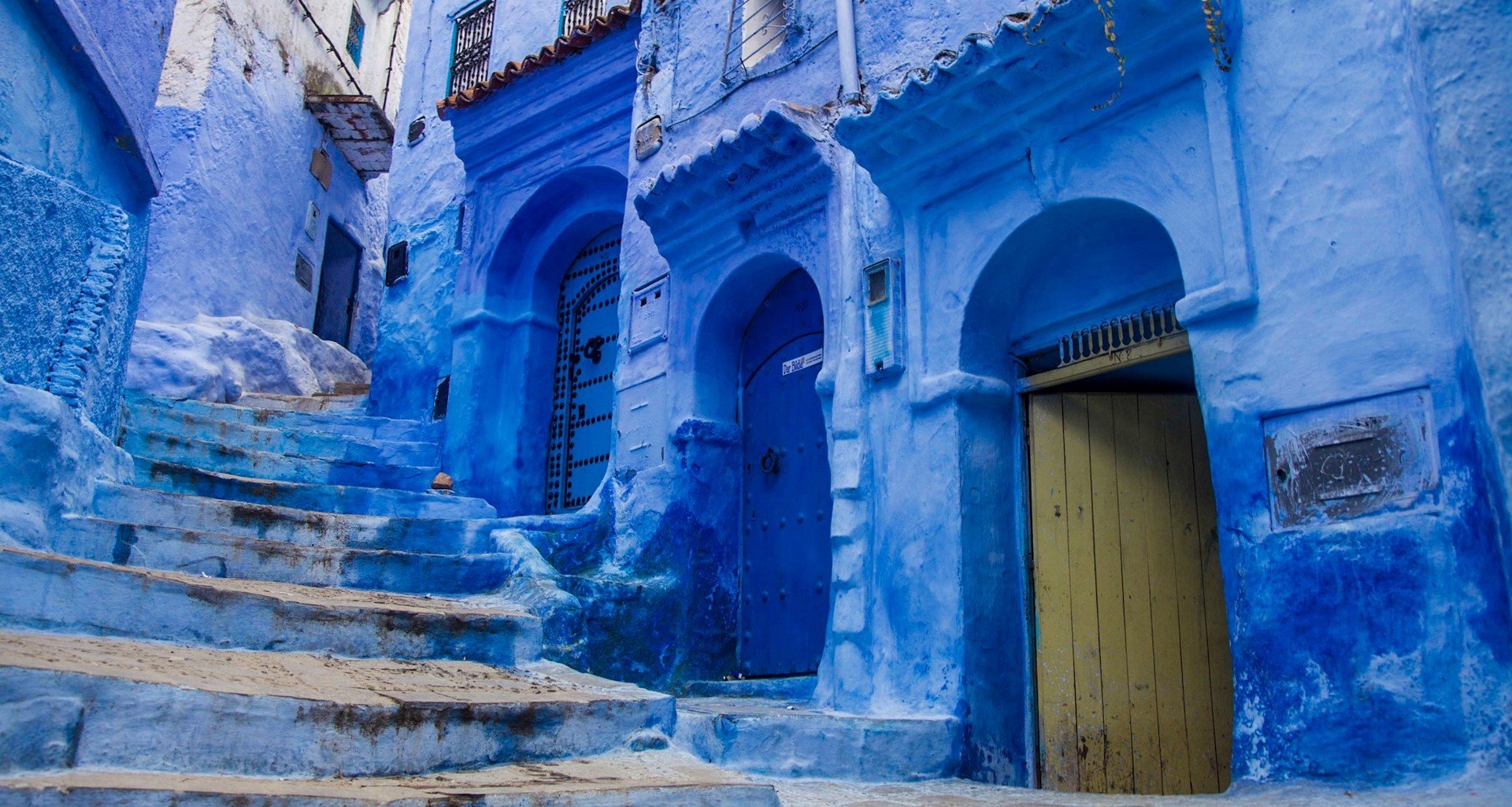
The discomfort expressed by some traditional artists toward this new generation is, in truth, unjustified. The virtual and the real have fused into a single, intertwined experience. The virtual world holds great potential to reach a broad audience, provided the content is genuine and meaningful. It has become clear that the two realms are no longer opposites; instead, they are complementary aspects of modern expression.
The digital realm has democratized art in unprecedented ways. No longer is talent defined by academic credentials or access to elite galleries. A smartphone and a compelling vision are now enough to put a work of art on the global stage. This shift doesn’t threaten traditional art—it expands its boundaries.
However, while this digital inclusion is empowering, some collective art activities today still lack transparency and credibility. Often, the spotlight remains focused on the same individuals for unclear reasons. This leads to a sense of fatigue and creative stagnation, particularly when the broader pool of talent remains overlooked. I raise this point not from a personal standpoint, but from a neutral perspective, because I aspire to a brighter and more equitable artistic future for our city.
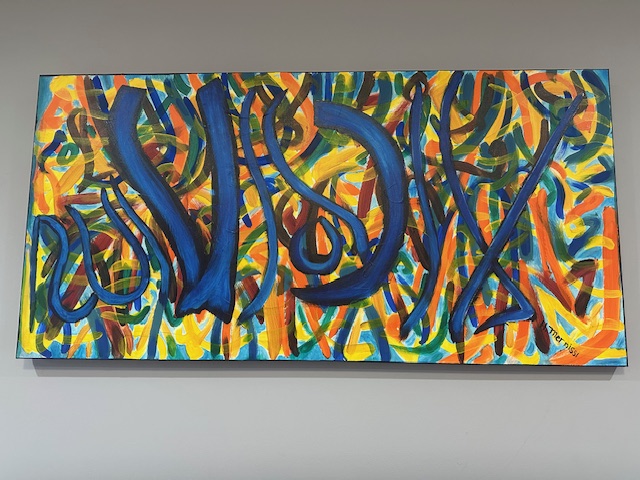
In my case, I began in the virtual world before transitioning to physical galleries. However, I have learned that the real challenge is not simply showcasing your work but transforming your talent from a hobby into a practice that reaches the level of true artistry. Authenticity is the new currency. Today’s audiences, especially the younger generation, can sense what is sincere and what is fabricated. Authenticity is what builds lasting engagement. To avoid creative stagnation, art spaces—both online and offline—must reimagine curation. Open calls, rotating exhibitions, and community-led initiatives can help share the spotlight and elevate diverse artistic voices.
The future of art lies not in choosing between the virtual and the physical, but in merging them with intention and depth. Virtual galleries, augmented reality installations, and global digital residencies are already reshaping the art world. Artists must think in hybrid terms, where physical presence meets global resonance.
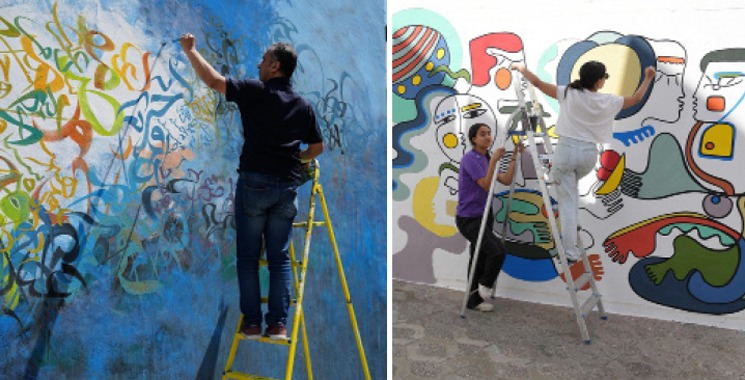
One shining example of this balance between tradition and innovation is the coastal town of Asilah in northern Morocco. Known for its whitewashed walls and Atlantic breeze, Asilah hosts an annual International Cultural Festival that brings together muralists, painters, musicians, and writers from all over the world. For decades, its streets have served as open-air galleries where local and international artists leave their mark, both literally and symbolically. Asilah demonstrates that traditional towns can evolve into vibrant global art spaces while preserving their heritage. It invites us to rethink how cultural tourism, local identity, and artistic expression can coexist and thrive in harmony.
In Morocco, art is not just an aesthetic—it is a lived tradition rooted in place, memory, and identity. From the intricate zellige tilework of Fez to the vibrant murals of Asilah, creativity is deeply embedded in the social fabric. Every town tells its own story, shaped by centuries of migration, mysticism, resistance, and adaptation.
Take Asilah, for instance. Once a Portuguese fort town, it has become a symbol of Morocco’s modern cultural renaissance. Its International Cultural Festival, launched in 1978, was more than an artistic initiative—it was a grassroots movement to reclaim public space and promote intercultural dialogue. Each summer, its medina becomes a gallery of painted walls, where local voices and global ideas meet. These murals do more than beautify; they preserve oral histories, challenge political boundaries, and empower young people.
In Fez, the medina is itself a living museum. The tanneries, weaving cooperatives, and calligraphy studios reflect traditions that have been passed down across generations. Yet today, many of these artisans share their work on Instagram or through digital marketplaces. Their craft, once confined to local markets, now enters global conversations, bridging the ancient and the immediate.
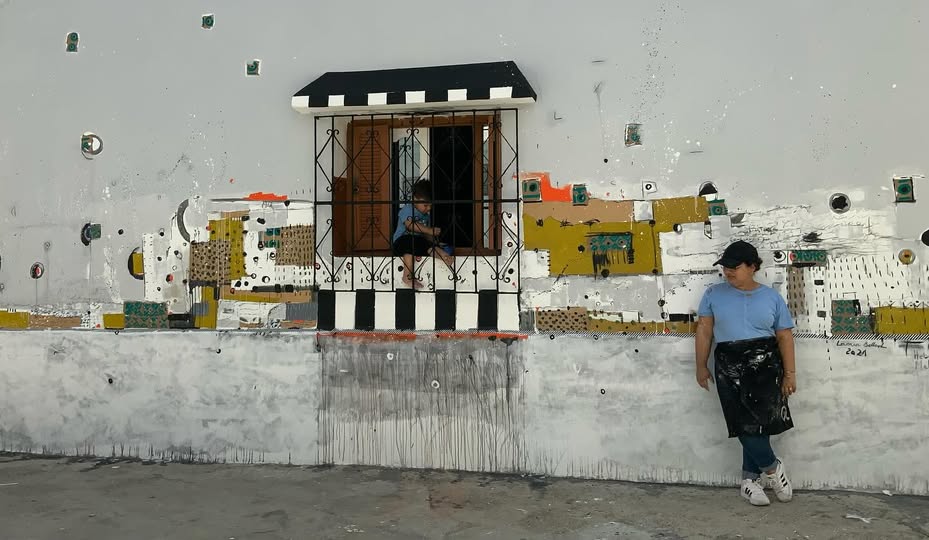
Meanwhile,** Chefchaouen**, known for its blue-washed walls, has emerged as a destination not only for its aesthetic charm but for its spiritual and artistic lineage. Long associated with Andalusian refugees, Sufi mystics, and mountain Amazigh communities, it invites visitors to engage with Morocco’s plural identities, beyond the postcard.
As tourism evolves, cultural travelers seek more than consumption—they want connection. They seek experiences that strike a balance between tradition and transformation. Morocco offers this in abundance. It is a country where sacred music festivals, Sufi retreats, calligraphy and Art workshops, and culinary journeys serve as immersive gateways into its complex cultural landscape.
To walk through Morocco is to walk through a palimpsest—a layered narrative of civilizations, rituals, and revolutions. And in today’s hybrid era, these narratives continue in new forms, on new platforms, reaching new hearts.
We must also acknowledge that even the once-glorified figures and rigid traditions of the past will eventually fade. What endures is honest, evolving, and rooted in the now. Don’t wait for validation. Keep creating. Stay true. In the end, it is the genuine who remain. — Brought to you by Hamid Mernissi, Sarah Tours, founder
